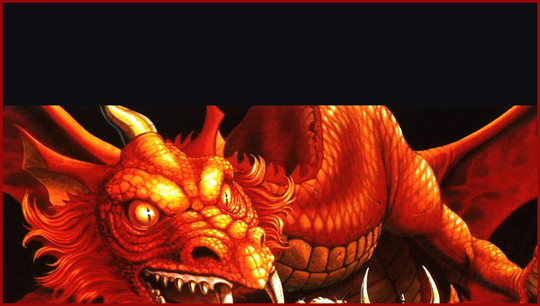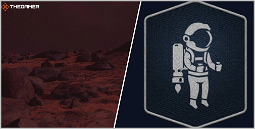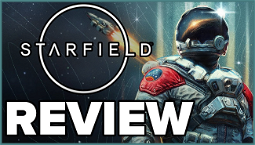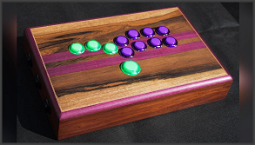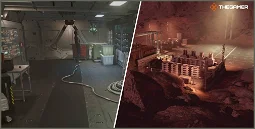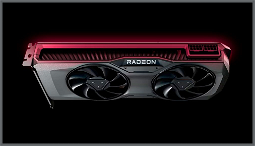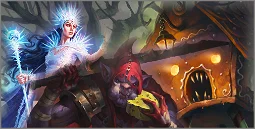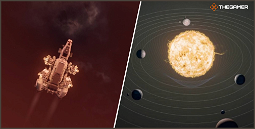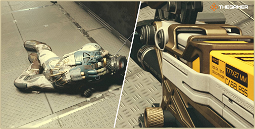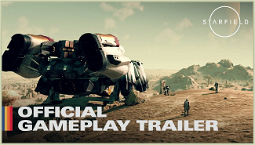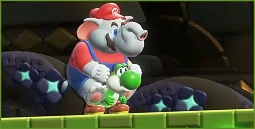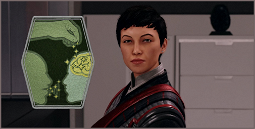D&D vs Gloomhaven
What is better: D&D or Gloomhaven? Both games offer endless modules and campaigns, allowing for limitless gameplay, but D&D is more open-ended and requires more personal creativity. Gloomhaven, on the other hand, uses tile-based mechanics on hexagonal tiles to create a legacy adventure with everything needed in one box. While D&D’s entry cost is lower, with books priced around $50, the Gloomhaven box set costs between $160 to $250.
Both games have similarities in mechanics, but Gloomhaven is more straightforward, requiring less of a learning curve, but it lacks some of D&D’s open-ended creativity. We’ve broken down the mechanics of both games, some pros and cons, and some additional comparisons to help you decide which game is right for you.
Mechanics
Gloomhaven’s combat mechanics are based around its card system, which reduces reliance on luck-based dice rolls. Instead, players draw cards depending on their character’s stats, with each card representing an attack, defense, movement, or special ability. It also incorporates a fatigue system, which means some cards can only be used a limited number of times in a battle. This reduces randomness and increases player control over their actions.
D&D’s turn-based combat offers players a lot of control, but it also includes a lot of randomness. Determining damage and whether or not a player hits their opponent requires rolling dice, which can often be frustrating for players. However, D&D’s open-ended gameplay allows for a lot of creativity and personal storytelling.
D&D also offers a lot of character customization, allowing players to create their own unique character, while Gloomhaven’s unique character cards only offer a variety of retirement goals.
D&D is all about the world-building and collaborative storytelling, whereas Gloomhaven offers a collaborative storytelling experience without a Dungeon Master. A Dungeon Master is a player who assumes the role of the game’s main antagonist, controlling all the enemies and often creating an overarching story with impactful player choices.
Components
The Gloomhaven box set includes all the necessary components to get started, including:
While the Dungeons & Dragons books are available separately, you may need to purchase some additional items to use Dungeons & Dragons in a tabletop setting. These can include:
You can check out our guide to D&D accessories if you’re interested in a complete setup.
Sessions
A single session of Gloomhaven can take anywhere from 60 to 120 minutes, depending on the players’ experience and the difficulty level of the scenario. D&D sessions are significantly longer, and a typical game can last anywhere from three hours to a whole day, depending on the campaign and how many breaks you take.
Gloomhaven inspiration
While Gloomhaven is a new take on the classic tile-based dungeon crawler, it’s inspired by D&D. In fact, the game’s designers, Isaac Childres and Rudolf Van Der Duim, originally started a D&D campaign in the mid ’90s, but it eventually became too complex and overwhelming. So, they decided to create Gloomhaven as a simpler version of their original campaign.
Gloomhaven vs D&D
So, which is better?
